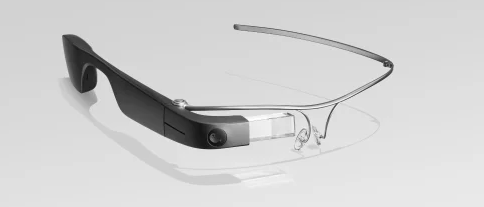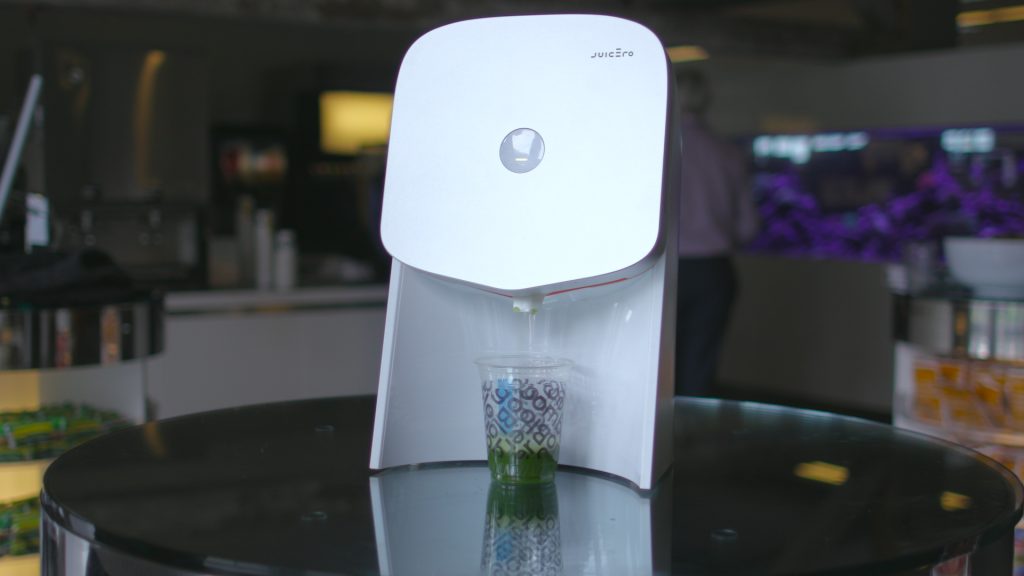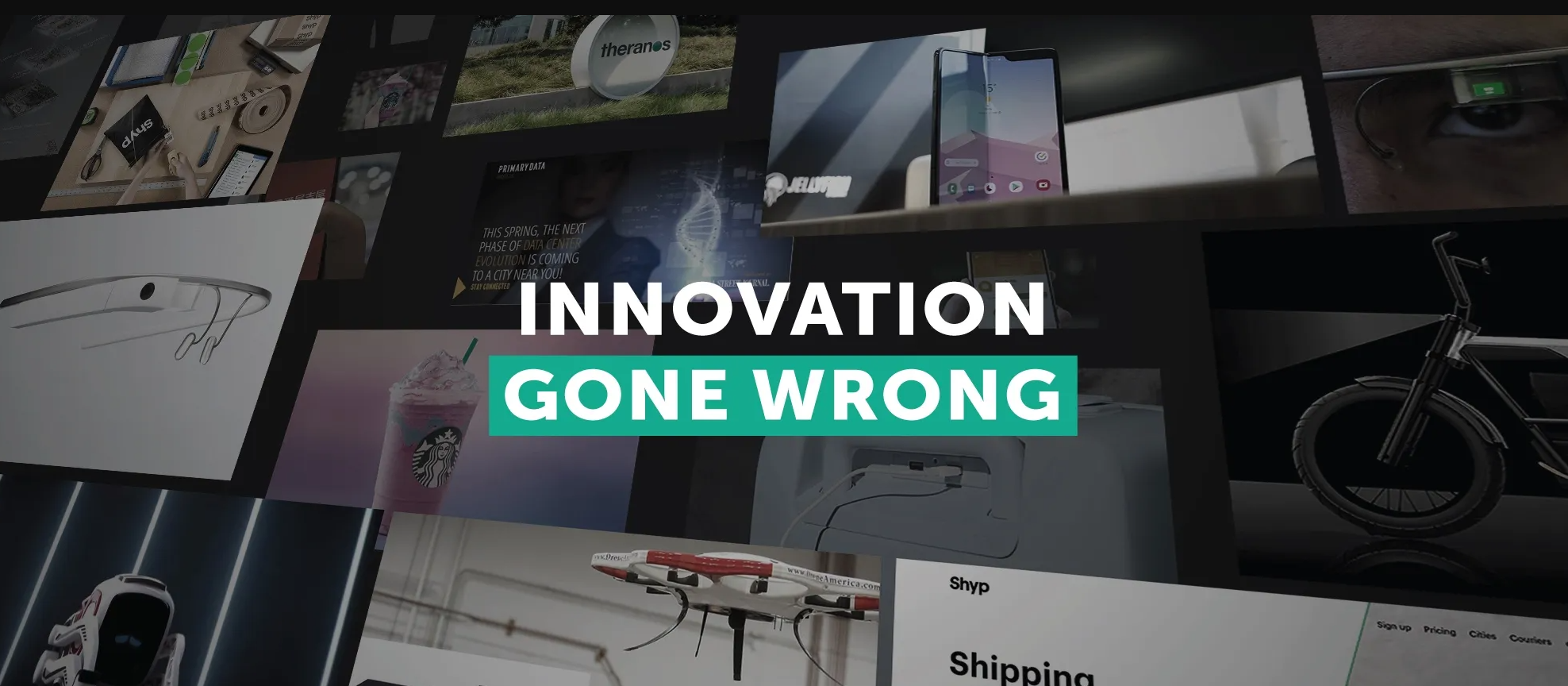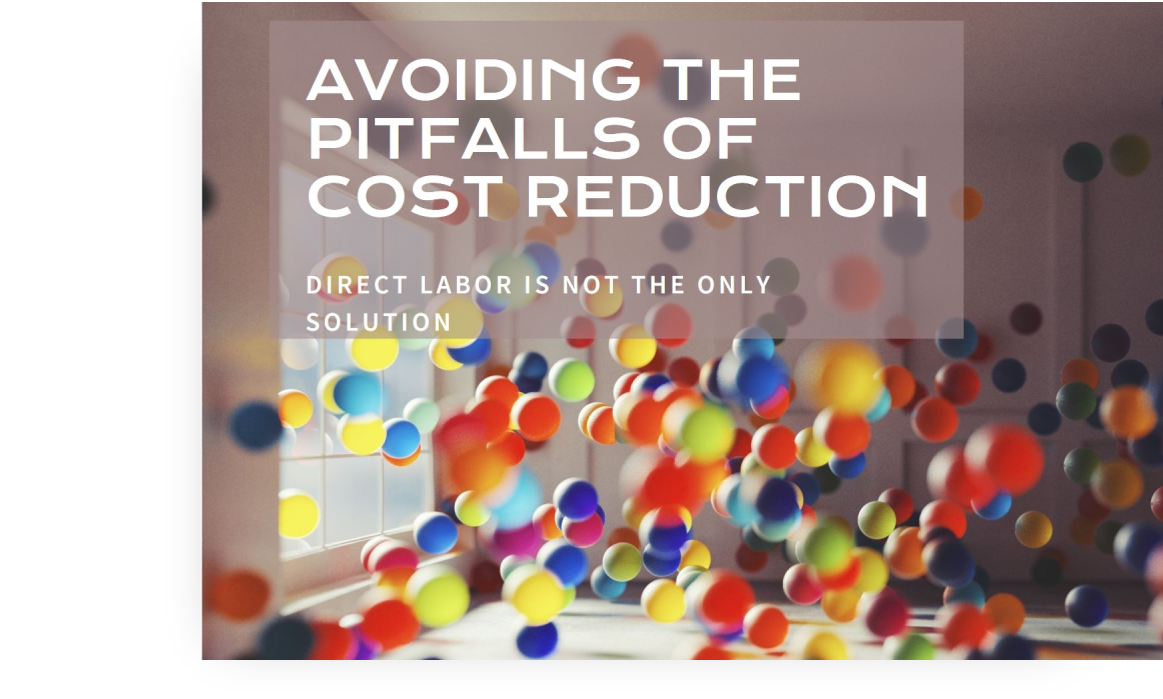Innovation often drives business success, transforming industries and redefining customer experiences. However, not all innovation leads to triumph. Some ambitious products fail because they neglect the most critical factor: solving real customer problems. While technical advancements may excite, products that do not meet tangible needs or align with user expectations often flounder.
While technological sophistication and visionary design may captivate investors and the media, consumers ultimately decide a product’s fate. History offers a trove of instructive examples—bold ideas that floundered, not for lack of imagination, but because they failed to resonate with real-world needs. Here, we examine notable examples where innovation stumbled and the lessons these failures impart.
Google Glass: Too Ahead of Its Time, or Simply Misguided?
Launched in 2013, Google Glass was a highly anticipated product that promised to revolutionize how people interact with technology. Few products have generated as much intrigue as Google Glass. Introduced in 2013, the augmented reality headset promised to revolutionize the way people interact with technology, offering hands-free internet browsing, real-time notifications, and a built-in camera. Despite the hype, it failed to gain traction with consumers. Its downfall was swift.

What Went Wrong:
Google Glass failed to solve a clear customer problem. oogle Glass lacked a clear market. For everyday users, its utility was nebulous. Was it a productivity tool, a social device, or a fashion accessory? The lack of focus left potential customers confused, while the product’s intrusive design—particularly its always-on camera—sparked privacy concerns. Everyday users saw limited utility in the device, while enterprise applications were underexplored during its consumer launch. Compounding the issue were concerns about privacy and the intrusive nature of the built-in camera.
The Lesson:
Innovation must address a specific need and align with societal norms. Products that introduce groundbreaking concepts should focus on real-world applications and customer readiness. Google Glass eventually pivoted to an enterprise focus, finding modest success in industries like manufacturing, but its initial failure underscored the importance of defining value upfront.
Segway: The Overhyped Transport Revolution
When Segway debuted in 2001, it was heralded as a game-changer for urban transportation. The self-balancing scooter was futuristic, efficient, and environmentally friendly. Yet, despite substantial hype, it never achieved widespread adoption.

What Went Wrong:
Segway misunderstood its target audience. Its $5,000 price tag was prohibitive for most individuals, and its utility in urban environments was limited by pedestrian traffic laws and a lack of infrastructure. Moreover, Segway didn’t address a pressing problem—most urban dwellers were content with walking, biking, or using public transit.
The Lesson:
Understanding the competitive landscape and existing customer habits is crucial. While innovation can create new markets, it must also account for practical barriers to adoption.
Juicero: Overengineering Simplicity

Juicero, a $400 juicing machine, emerged in 2016 as a luxury kitchen gadget that promised fresh, healthy juice at the push of a button. Its sleek design and Wi-Fi-enabled functionality appealed to affluent, health-conscious consumers. However, it quickly became the poster child for over-engineered products.
What Went Wrong:
Juicero didn’t solve a real problem. Consumers soon discovered that squeezing the proprietary juice packets by hand achieved the same results as the machine, rendering its high price point unjustifiable. The product’s dependence on pre-packaged juice packets also limited its appeal to those who valued sustainability.
The Lesson:
Overengineering without adding value can alienate customers. Innovators must evaluate whether their solutions genuinely enhance the customer experience or merely complicate it.
Pepsi’s Crystal Pepsi: A Clear Flop
In the early 1990s, Pepsi introduced Crystal Pepsi, a clear version of its flagship cola. The product was marketed as a pure, healthier alternative to traditional colas, but its novelty failed to resonate with consumers.

What Went Wrong:
Crystal Pepsi did not address an unmet need. While it aimed to capitalize on the 1990s health-conscious trend, it lacked differentiation beyond its appearance. Consumers associated the clarity with a lack of flavor and struggled to understand its purpose.
The Lesson:
Novelty alone is not enough to sustain a product. Successful innovation requires a compelling value proposition and clear communication of benefits.
Amazon Fire Phone: A Misguided Entry
Amazon entered the smartphone market in 2014 with the Fire Phone, boasting unique features like a 3D display and integration with Amazon’s ecosystem. Despite the company’s dominance in e-commerce, the phone failed to compete against established players like Apple and Samsung.

What Went Wrong:
The Fire Phone prioritized gimmicks over solving customer problems. The 3D display felt unnecessary, and the phone’s heavy integration with Amazon shopping alienated users who wanted broader functionality. It didn’t offer enough value to justify switching from competitors.
The Lesson:
Innovation must prioritize user-centric design. Understanding what customers value—and ensuring the product delivers—is critical in competitive markets.
Key Takeaways for Innovators
- Focus on Real Problems: Products should solve tangible customer issues. Innovations that prioritize technology over practicality risk irrelevance.
- Understand Your Audience: Market research and user feedback are essential to identify genuine needs and refine the product accordingly.
- Balance Novelty and Utility: While innovation often involves new ideas, it must also enhance the customer experience or solve unmet needs.
- Avoid Overengineering: Simplicity often trumps complexity, especially when customers can achieve the same outcome more easily.
- Communicate Clearly: Customers must immediately understand what the product does and why it matters to them.
Conclusion
Innovations like Google Glass, Segway, Juicero, Crystal Pepsi, and the Amazon Fire Phone reveal a common thread: failing to align with customer needs can doom even the most advanced products. For businesses aiming to innovate, the lesson is clear: solving real problems and delivering value must remain at the heart of innovation efforts.





